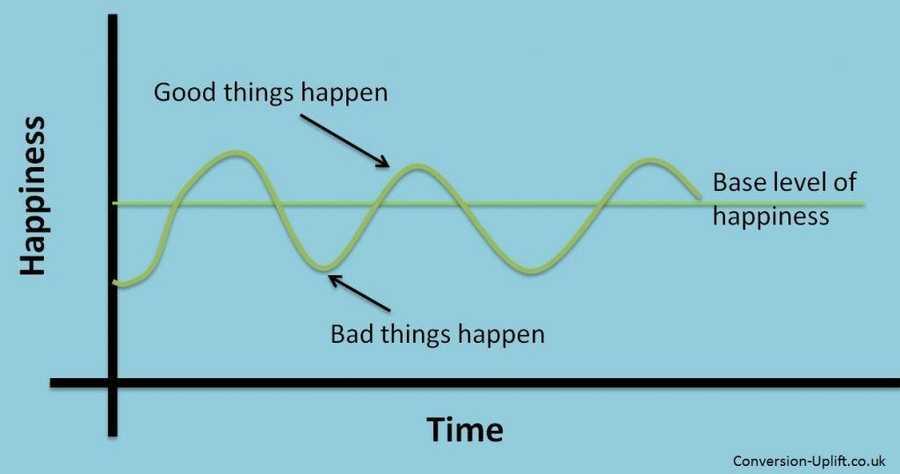Negativity Bias
Is the tendency to change our thought processes and behaviors more because of negative things than we do because of neutral or positive things.
How to control it: Track your wins: record objectives attained, new ideas realized, and positive effects your work has had on the lives of others.
744
1.99K reads
The idea is part of this collection:
Learn more about personaldevelopment with this collection
How to make rational decisions
The role of biases in decision-making
The impact of social norms on decision-making
Related collections
Similar ideas to Negativity Bias
The hedonic treadmill
The hedonic treadmill is the tendency to quickly return to a relatively stable level of happiness after a major positive or negative event or life change.
You want something because you think it’ll make you happy. But when you get what you want, the new thing will only...
Learn to let go of what you can’t control
Learning to let go of things you can’t control is a critical life lesson! It would save so many people from a lifetime of torture if they learned this....
"The Neftlix method" to control emotions
- The pause button. Create a habit of thoughtful action. Train yourself to take a moment to stop and think before you act or speak.
- Volume control. Train yourself to recognise when your volume is starting to go up.
- The tuning dial. As you'd change the film ...
Read & Learn
20x Faster
without
deepstash
with
deepstash
with
deepstash
Personalized microlearning
—
100+ Learning Journeys
—
Access to 200,000+ ideas
—
Access to the mobile app
—
Unlimited idea saving
—
—
Unlimited history
—
—
Unlimited listening to ideas
—
—
Downloading & offline access
—
—
Supercharge your mind with one idea per day
Enter your email and spend 1 minute every day to learn something new.
I agree to receive email updates

